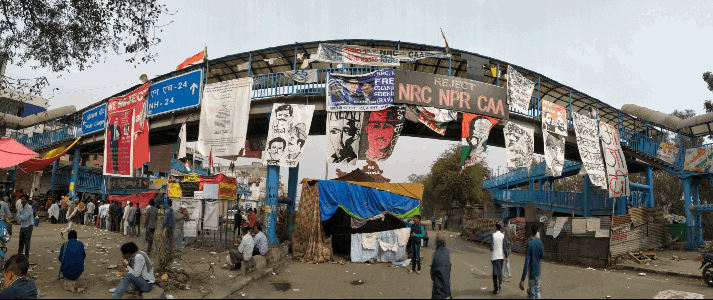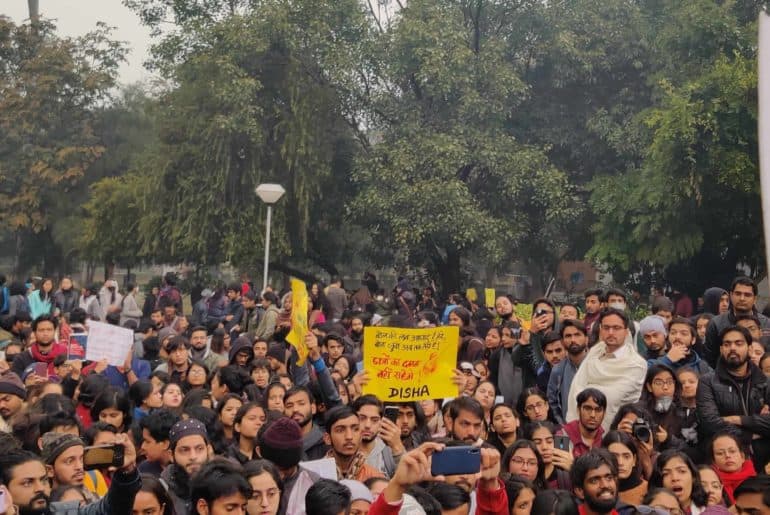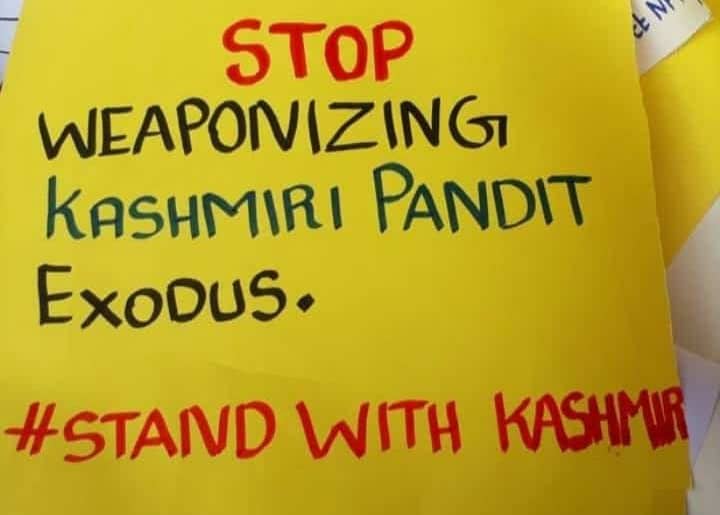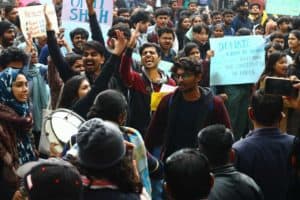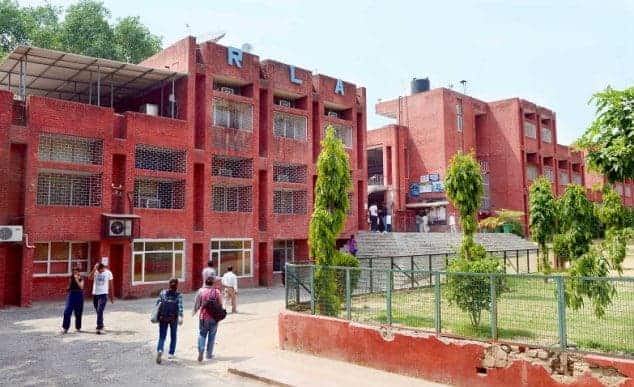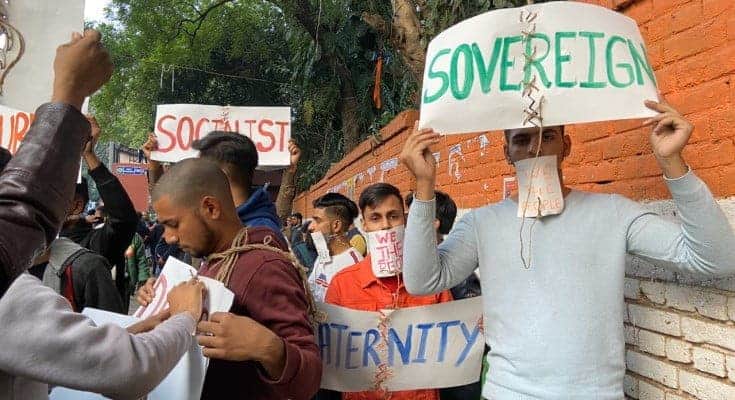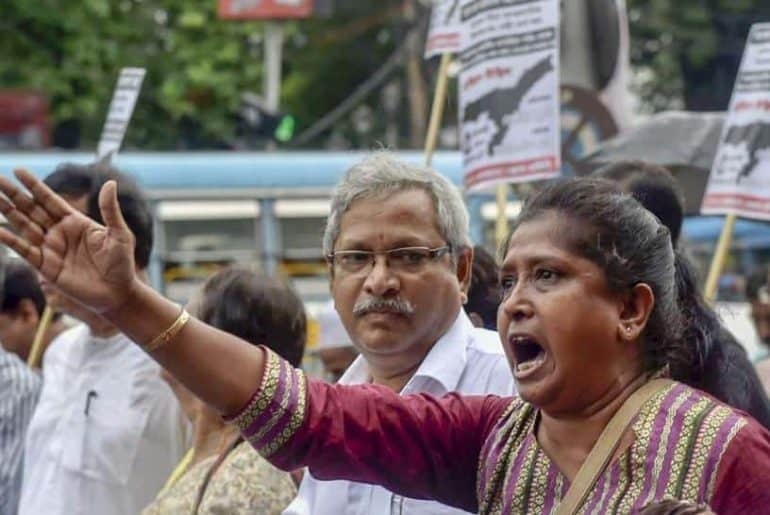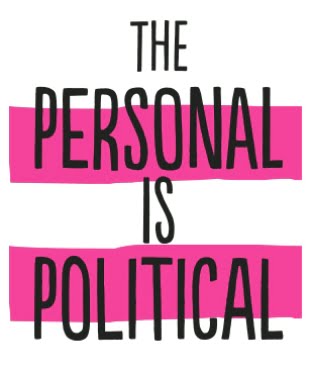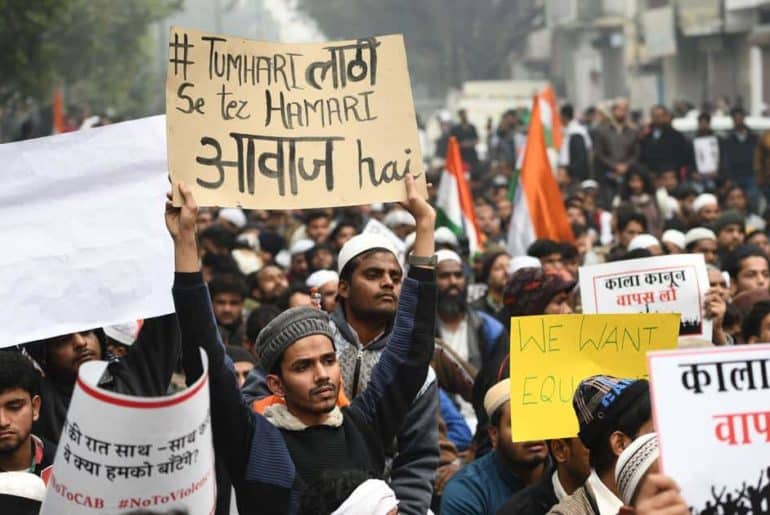Here is an eye-opening first hand account of the Shaheen Bagh protests from the pen of a participating media-person.
I have seen various media personnel visit and report about the protests at Shaheen Bagh. But as media students, we are often told that the more comfortable a person is with us, the more heartfelt the conversation will be. Thus, I made it a point to be without any media equipment and be a part of the protest. The result of this was eye-opening.
As I reached the locality, the first thing I could notice was the posters of the local MLA Amanatullah Khan all along Jasola puliya (bridge), besides which are huge dumps of garbage. The area suffers heavily from lack of sanitation facilities. The Delhi Police have placed barricades at multiple places around the demonstration.
Dissent and fulmination form the basis of a vibrant democracy. In neoteric times, a demonstration which has become the flag bearer of these rights are the protesters of Shaheen Bagh. These protests have, for antipathetic and sympathetic reasons, been the hot topic in national politics as well as media for over two months.
One can’t help but notice several roadside shops selling, in simple words, protest merchandise. These include shirt pins, mufflers, head wraps and t-shirts. The shopkeeper tells me that he, a class 7th student, along with his father can make around Rs. 200 to 300 each. On being asked about his schooling, he gives me a sad shrug. When I ask him about his meals, he tells me that just twenty metres ahead, a ‘Sardar Ji’ and his wife, both advocates have started langar and they feed everyone. “They both get pensions every month as they are lawyers. What a life they have. I wish I could also just do nothing and earn a lot.” The point of doubt in this statement was that advocates do not get any pension, so where was that money coming from? Even after multiple tries, I couldn’t get the answer to this question. The whole area is witnessing the rise of a gig economy which survives on the protests and if the protests stop, this economy will also crash.
Further down the street is a vendor who is selling kufis. Talking to me, he reiterates his anger towards the establishment, “The government is doing nothing. Modi and Shah along with the RSS are onto us. Sometimes, I feeling like burning the whole parliament down. They are not doing work anyway.” Just beside him is an old lady or as she was being addressed ‘Dadi’. She tells me about her son working in the Delhi Metro as an engineer. She emphasises on the fact that no one can defy ‘Allah ka Farman’ or God’s order, “These people in the government are just humans and they can’t defeat Allah.” On knowing that I was a college student, she gives me her best wishes.
The place was full of buzz as the arrival of Supreme Court lawyers was due in a short while. Even though the people there are protesting for the same cause, still everyone’s views are different. And without a leader, these views clash. While some wanted to talk to the lawyers, others were steadfast on the fact that the Apex Court itself is a ‘slave’ of the government.
The stretch which is being used by the protestors for the sit-in is home to many big showrooms. And due to the protests, the business of these shops has crashed. The streets also had the rumour that these showroom owners are bribing the authorities to clear the road and get their businesses running. Annoyed by this rumour an attendee says, “These people won’t understand. If they won’t earn for some time, what bad can happen? But if the protests finish our future generations won’t be able to live, they’d become slaves.”
As opposed to the common narrative, people here were genuinely scared of the trio – National Register of Citizens (NRC), National Population Register (NPR) and the Citizenship Amendment Act (CAA). This fear was also a result of mongering as most of the people didn’t know everything about the bill. The hoarding put up in the area, which did try to explain the matter was itself fallacious. This explanation connected the Aryan theory of Friedrich Schlegei and William Jones to the present scenario – where misconception goes on and on based on such assumptions and tries to force a particular interpretation of the trio rather than letting people using their sense.
The protestors themselves know the fact that the moment they unblock the road, nobody will care for their protesting anymore. Apart from this, the organisers also do not allow men to sit in the front, only women are allowed to do so. On being asked why, a bystander tells me that they only have these two factors – the roadblock and the women, as leverage for the protest. If they lose either of them, the protests will fail.
This has resulted in the popular opinion of the place to shift from ‘saving the constitution’ to ‘saving the kaum’ or community. The protest is being led by the women of Shaheen Bagh but several men around the area do not want to accept this empowering symbol. “Are we wearing bangles that these lawyers will ask the women for their views? These women are just being given too much importance”, said a man when the Supreme Court lawyer asked for the views of women on the matter. After a short while, the so-called ‘volunteers’ barged into the sitting area and blocked the view of many women. When confronted they started pushing and heckling the women. Since these boys were locals and knew almost everyone, not many confronted them and they continued to stand wherever they wanted.
Just a few days back so-called activist, Gunjan Kapoor tried to film the protests without consent while wearing a burqa and sitting among the protestors. After a while, she was caught by the protesters who reportedly had a hard time ‘saving’ her from the locals before handing her over to Delhi Police. Mentioning this, a dadi trying to give proof of the peaceful nature of the protests to the lawyers, said, “We handed over Gunjan Kapoor to the police. Even though she was a Hindu, we did not harm her.” These lines forced me to rethink about the secular nature of the protests.
The Shaheen Bagh protests are facing the grave dangers of conflicting views and unclear narratives. If the protestors do not understand and address this, the whole protests will be delegitimised, thus breaking the protestors.
Image Credits: Aniket Singh Chauhan for DU Beat
Aniket Singh Chauhan

